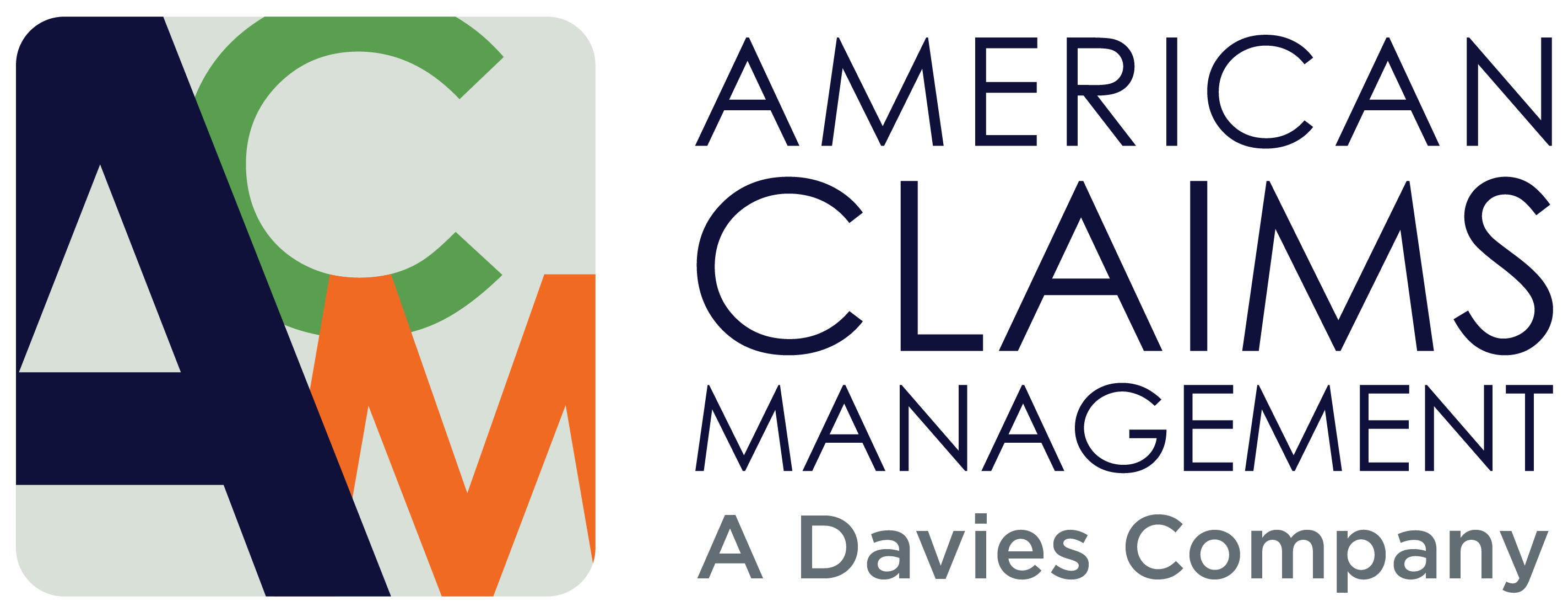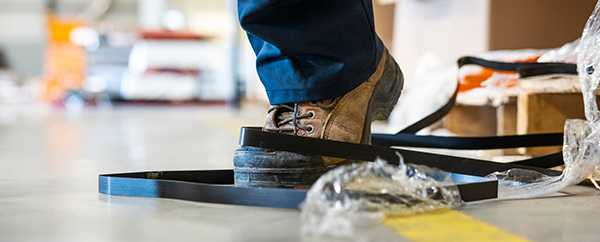Minimize workplace slips, trips and falls with these tips
Despite being one of the most easily preventable hazards, slips, trips and falls (STFs) continue to be a leading cause of workplace accidents, hospital visits and insurance claims. The conditions that lead to these types of incidents are often very minor – a small liquid spill, a slight deviation in the height of a sidewalk, and so on – but in some cases injuries can be severe or even life-threatening. Read through the following tips to help your commercial clients prevent workplace slips, trips, and falls.
Risks and Hazards
STF incidents can occur due to environmental hazards, human error or a combination of the two. Properly managing environmental factors can drastically reduce the likelihood of STFs due to human error. A dual strategy of implementing procedures to prevent environmental hazards and educating staff to raise awareness are crucial elements in preventing workplace slips, trips and falls.
Commonly found environmental hazards include:
- Walkway height variation of a quarter inch or more
- Basic wear and tear of walkways (cracks in floors or sidewalks, potholes in parking lots, crumbling curb edges, buckling due to roots and landscaping, erosion, etc.)
- Conditions that create slippery surfaces on walkways, such as mud, water, ice, dead leaves and so on
- Improper housekeeping practices such as:
- Storing objects or material in walkways
- Improper care and maintenance of walkways
- Tardy response to spills and other messes
- Lack of adequate procedures to properly address seasonal hazards, such as snow, ice, rain or slush
- Lack of appropriate mats and floor coverings, or those that are improperly maintained
Related: 5 tools to prevent workplace fall hazards
Regarding human error, here are some common reasons for STF incidents:
- Distracted walking due to:
- Preoccupation or frustration
- Talking to others or looking away from intended trajectory
- Being lost in thought
- Using electronics, such as cell phones, while walking
- Walking faster than normal, or being in a rush
- Wearing improper footwear for conditions, work or floor type
- Not expecting a sudden change in walking conditions due to distraction or poorly marked hazards
Related: Why it pays to report work comp claims promptly
Preventing workplace slips, trips and falls
The good news is that slips, trips and falls are 100 percent preventable through systematic and consistent mitigation that addresses controllable elements. Review the following tips for ways to get started or refine your current approach:
- Determine your liability. Check local ordinances and laws to determine your responsibilities regarding your facility walkways and outdoor or shared access walkways, such as sidewalks or parking lots.
- Create a maintenance and inspection program to ensure all walkways are in good repair and free of defects. Regular inspections should be conducted regardless of who is responsible for maintenance. Damages can be reported to the responsible party in a timely manner and repairs can be affected promptly. Examples of walkways that require maintenance and inspection include:
- Stairs
- Ramps
- Hallways
- Sidewalks
- Curbs
- Paths
- Parking lots
- Implement hazard response procedures that are appropriate for your facility. Some samples include:
- Flag any defects or hazards with highly visible paint, cones, barricades, signs or warning tape; effect repairs within a 30-60 day timeframe.
- Ensure any abrupt changes in elevation such as curbs, stair edges and ramps are marked with highly visible paint.
- Conduct regular housekeeping to ensure any hazardous conditions are addressed promptly (applying mats, deicer, traction, etc.)
Related: How to minimize the risks of material handling
A good way to test your current practices and procedures is to look at them from the perspective of a liability test. Keep the following questions in mind both when conducting inspections and reviewing your procedures:
- Duty of ordinary care: Has the responsible party taken the care (or actions) that a reasonable person would take to ensure that the premises are safe?
- Breach of duty: Has the responsible party done something they should not have, or not done something they should have to make the premises reasonably safe?
- Damages or injuries: Did the responsible party’s failure to exercise reasonable care in keeping the premises safe cause damages or injuries?
- Proximate cause: Has an individual suffered damages or injuries while using or accessing the responsible party’s property?
Safe walkways are the foundation of a safe environment. Make sure your commercial employees are equipped with the tools they need to prevent workplace slips, trips and falls.
This article originally appeared on Arrowhead’s Tribal blog. It is used with permission, and has been updated and modified to better fit the needs of ACM’s workers’ compensation clients.

